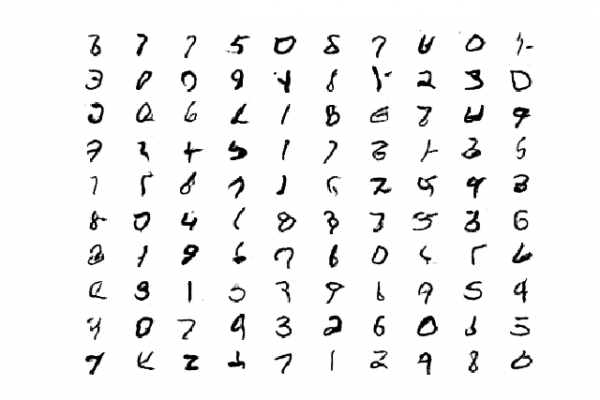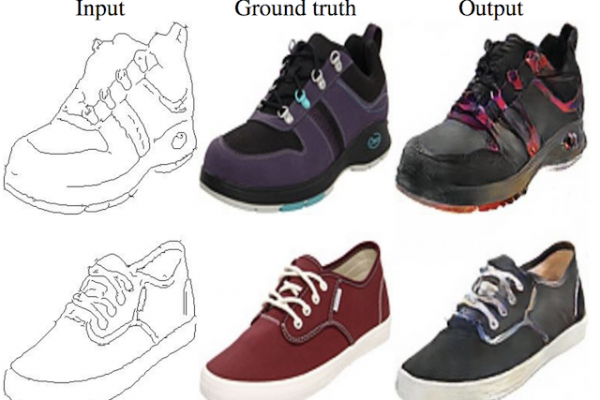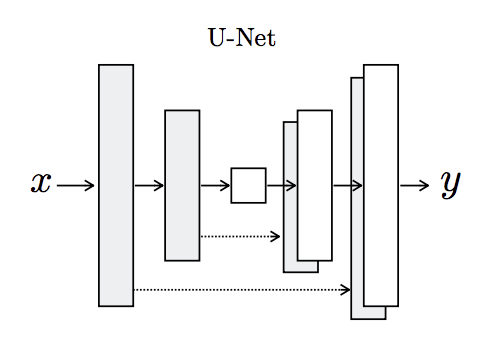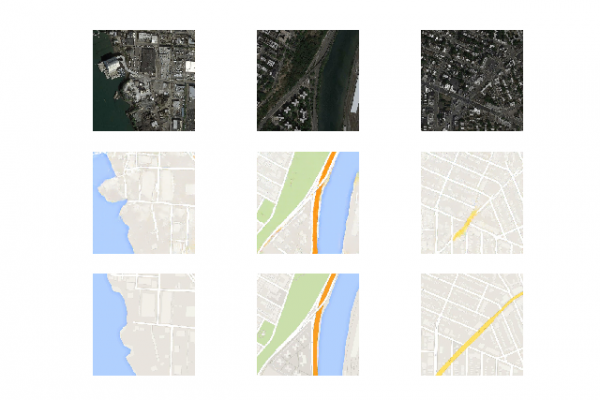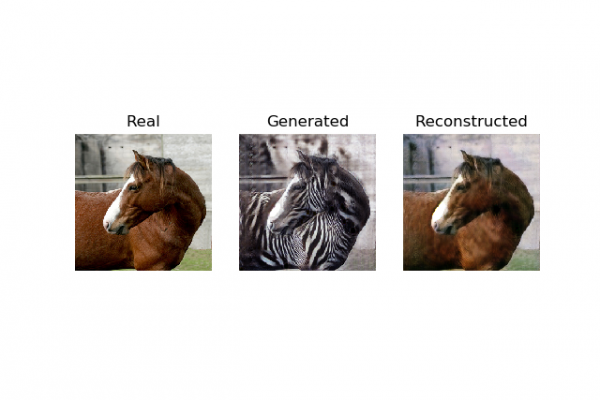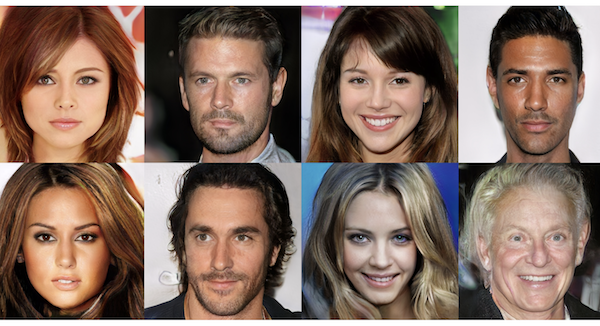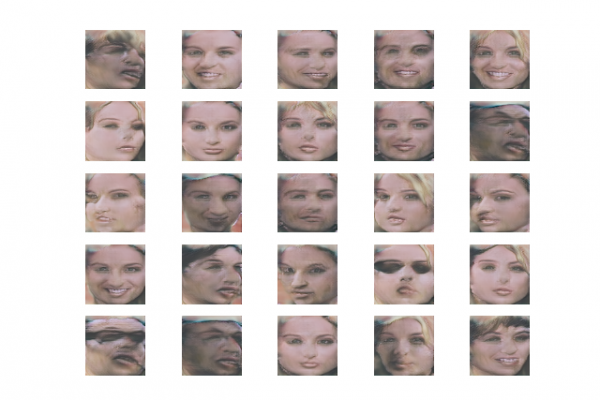How to Develop a Least Squares Generative Adversarial Network (LSGAN) in Keras
Last Updated on September 1, 2020 The Least Squares Generative Adversarial Network, or LSGAN for short, is an extension to the GAN architecture that addresses the problem of vanishing gradients and loss saturation. It is motivated by the desire to provide a signal to the generator about fake samples that are far from the discriminator model’s decision boundary for classifying them as real or fake. The further the generated images are from the decision boundary, the larger the error signal […]
Read more